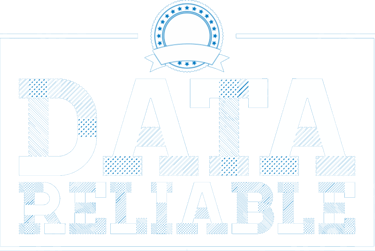Government Shutdown 2025: What to Know About Federal Layoffs, Social Security
The federal government officially shut down at midnight after last-ditch negotiations between President Donald Trump and Democratic leaders collapsed, setting off a new wave of partisan recriminations and uncertainty for millions of Americans.
Kylo B
10/2/20252 min read
Government Shutdown 2025: What to Know About Federal Layoffs, Social Security
Washington, D.C. September 30, 2025 The federal government officially shut down at midnight after last-ditch negotiations between President Donald Trump and Democratic leaders collapsed, setting off a new wave of partisan recriminations and uncertainty for millions of Americans.
This marks the first government shutdown since 2019 and arrives amid broader tensions over spending priorities, immigration policy, and foreign aid.
Why the Shutdown Happened
Talks broke down late Monday over disagreements about domestic spending cuts, border security funding, and conditions on foreign assistance to Ukraine.
The White House position: President Trump insisted Democrats were “stonewalling on commonsense reforms” and called the shutdown “their responsibility.”
Democratic leaders’ response: Senate Majority Leader Chuck Schumer countered that Trump “manufactured this crisis” by refusing bipartisan compromises.
Both sides have accused the other of holding the government hostage for political gain.
Federal Workers and Layoffs
Roughly 2 million civilian federal employees face immediate impacts:
“Essential” workers — such as air traffic controllers, border patrol, and active-duty military — will continue working without pay until the shutdown ends.
“Non-essential” workers — including much of the civilian federal workforce — are being furloughed without pay. Agencies have begun sending out official furlough notices this morning.
Federal contractors may also face layoffs or payment delays, rippling into the private sector.
The Office of Personnel Management has told employees to check with supervisors for individual instructions.
Social Security and Benefits
One major concern among retirees is whether the shutdown affects Social Security checks.
Social Security payments will continue because they are mandatory spending, not subject to annual appropriations.
However, services such as new benefit applications, card replacements, or call center support may experience significant delays.
Other benefits like Medicare and Medicaid will also continue, though customer service and oversight could be slowed.
Unemployment benefits and SNAP (food stamps) remain funded for now, but prolonged shutdowns in the past have strained these programs.
Public Services Impacted
National Parks and Museums: Most will close, although some may remain open without staff, leading to sanitation and safety concerns.
Passports and Visas: Processing will slow, with long backlogs possible if the shutdown drags on.
Air Travel: Security and air traffic control continue, but travelers could face delays as unpaid staff shortages take a toll.
What Happens Next
Congressional leaders are expected to return to the negotiating table today, but with both sides digging in, there is no clear path to reopening the government quickly.
Economists warn that even a short shutdown could slow U.S. growth, while a prolonged standoff could shake markets and household confidence.
“This is more than a Washington fight,” said Maya Thompson, a senior fellow at the Brookings Institution. “Every day the government is closed, ordinary Americans feel the strain, whether through missed paychecks, delayed services, or uncertainty about the future.”
Subscribe to our newsletter


